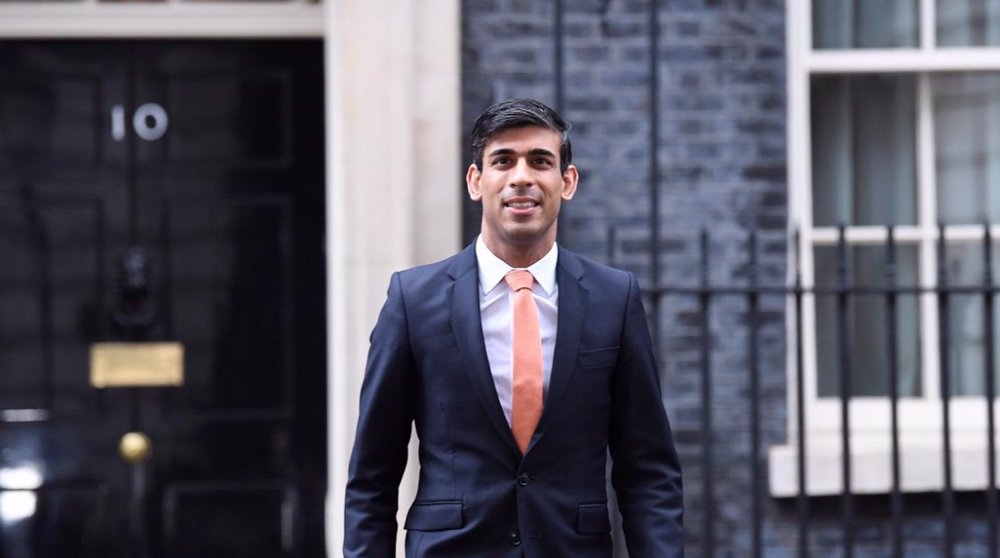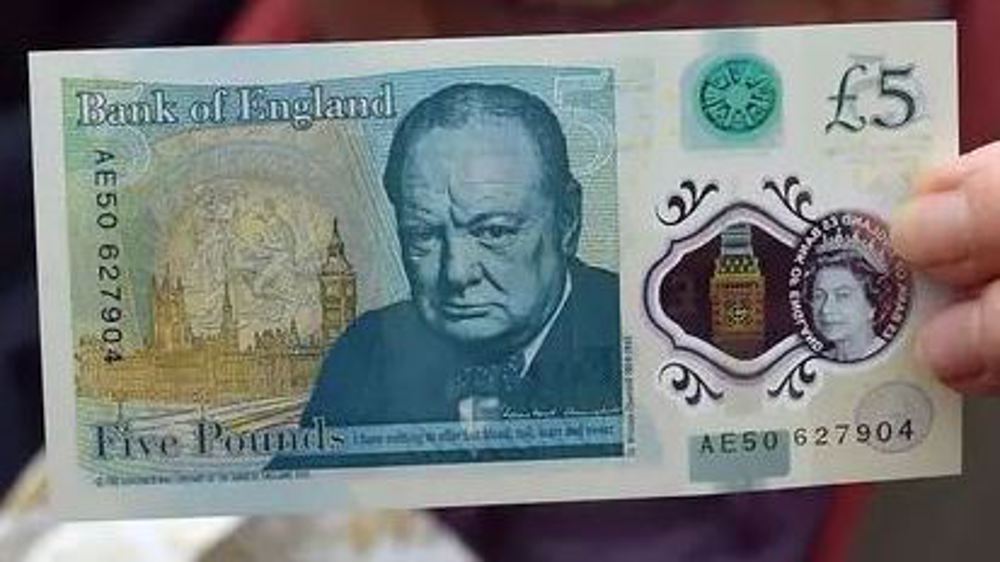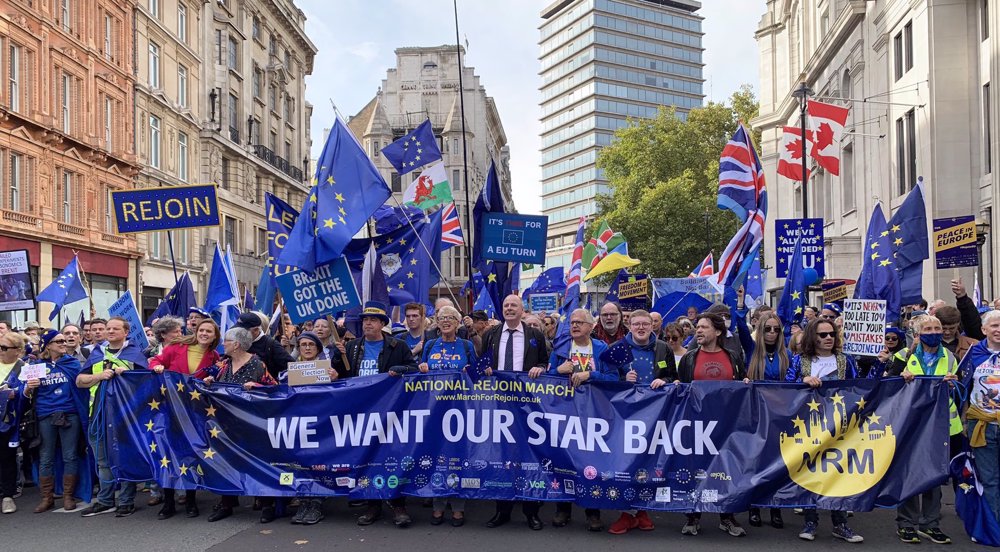Rishi Sunak wins Tory leadership race to become UK’s next prime minister
Rishi Sunak will become Britain's next prime minister after winning the leadership race for the ruling Conservative Party, triggered by last week’s resignation of Liz Truss.
Sunak, a former Chancellor of the Exchequer and one of the wealthiest politicians in Westminster, won the leadership contest on Monday just days after Truss resigned from office following the humiliating collapse of her tax cuts plans, which further plunged the country into economic turmoil.
He defeated centrist politician Penny Mordaunt, the leader of the House of Commons, who announced her withdrawal from the race just minutes before the winner was due to be announced. Mordaunt failed to get enough backing from Tory MPs to enter the leadership contest.
Sunak and Mordaunt had lost to Truss in an earlier race to appoint a new leader after then-Prime Minister Boris Johnson resigned in July.
"This decision is an historic one and shows, once again, the diversity and talent of our party," Mordaunt said in a statement. "Rishi has my full support."
Sunak, who will be the country’s first leader of color, faces the enormous task of leading a deeply-divided country out of years of economic and political turmoil.
The former hedge fund executive will be expected to usher in deep spending cuts in an effort to rebuild Britain's fiscal reputation, as the UK slides into a recession sparked in part by soaring energy and food prices.
Sunak, 42, is a rising star in British politics, having entered Parliament in 2015 after a career in banking. Boris Johnson appointed him in 2020 as finance minister, a role formally known as Chancellor of the Exchequer.
How did the political turmoil begin?
Sunak will inherit a political party that has fractured along ideological lines, a challenge that sealed the fates of four Tory leaders since the Brexit vote of 2016-- he will be the fifth prime minister in 6 years in what has become the fastest turnover of leadership in a century.
Britain has been locked in a political crisis ever since former Prime Minister David Cameron called a referendum on leaving the European Union. Cameron had hoped the vote would end a civil war within the Conservative Party over the country’s relations with Europe and keep the Tories in power.
It was, as it turned out, a miscalculation of historic proportion. The referendum eventually cost Cameron his premiership as it became increasingly clear that the architects of Brexit had no real plan to stabilize the country as decades of economic and legal ties with the EU were unraveling in a chaotic fashion.
Theresa May was elected the Conservative Party leader and became the UK's second female prime minister after Margaret Thatcher. In a fatal error of judgment, she called a snap election in 2017, only to lose her party's control of the House of Commons. Her tenure was characterized by repeated failed attempts to push a Brexit deal through parliament. Brexit also brought May down.
The party then rallied behind Johnson, a chief Brexit campaigner who ran on the platform of getting "Brexit done." He led the Tories to a landslide victory in 2019 and managed to complete Britain’s departure from the EU.
Johnson’s government, however, grossly mismanaged COVID-19, leading to more than 200,000 deaths in the UK—the highest toll in Europe. In the eyes of many, Johnson lost legitimacy to lead the nation as it emerged that he attended a number of parties in Downing Street while the rest of the country was in lockdown. He could not withstand the pressure and resigned in July.
Truss replaced Johnson after winning the Tory leadership contest in September. She promised to kick-start the economy with tax cuts for corporations and the wealthy. But her plan spooked financial markets and crashed the pound, forcing Truss to do a humiliating U-turn. Her premiership did not survive the fallout. She resigned on Thursday.

HTS in Syria says to recognize Israel by end of 2026

UK police question Holocaust survivor for attending pro-Palestine demo

There will be no escape from justice: Pro-Palestinian UK scholar to Zionist genocidaires
Hamas: Israel tortures Palestinian abductees while we treat captives humanely
Israeli captive in Gaza holds Netanyahu responsible for continued captivity
Tehran rejects 'baseless' UK claims about links to criminal groups
Palestinian hospital chief ‘exhausted from torture’ in Israeli prison: Lawyer
Iran says IAEA can play ‘crucial’ role in resolving nuclear issue
Rights groups demand arrest warrant for Israeli FM visiting UK over Gaza war crimes
Non-nuclear issues not on Iran’s agenda for talks with US: Deputy FM
Israel 'choosing to seize territory' rather than release captives: Families










 This makes it easy to access the Press TV website
This makes it easy to access the Press TV website